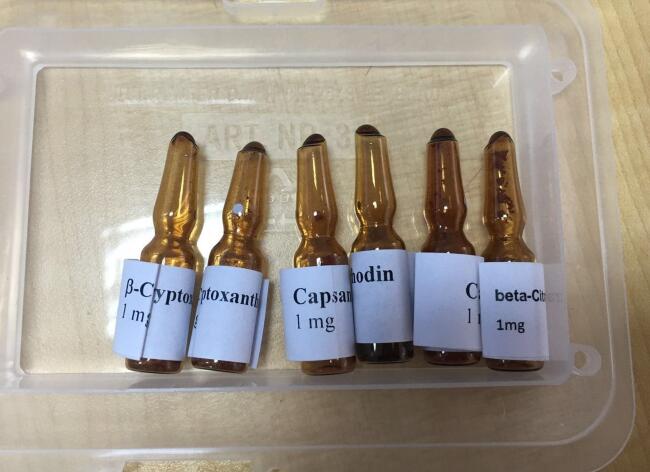Product Uses Include
Fluorescent staining of actin filaments in fixed tissue sections and tissue culture cells preparations.Note: Unlike many actin antibodies, Acti-stain? 555 phalloidin binds only to F-actin resulting in low background fluorescence. Furthermore, actin staining is not appreciably different between species.
Preparation of stabilized fluorescent actin filaments in vitro.
Actin staining is very useful in determining the structure and function of the cytoskeleton in living a nd fixed cells. The actin cytoskeleton is a very dynamic and labile structure in the living cell, but it can be fixed with paraformaldehyde prior to probing or staining for actin structures.
Material
Phalloidin is a seven amino acid peptide toxin from the mushroom Amanita phalloides, which binds specifically and with high affinity (Kd 20 nM) to the polymerized form of actin (F-actin). Phalloidin lowers the critical concentration of actin polymerization to less than 1 μg/ml, thereby acting as a polymerization enhancer. Phalloidin has been labeled with a proprietary red fluorescent dye which allows it to be used to stain actin filaments in tissue cultured cells and tissue sections (1, see Figure 1)?and cell-free preparations. Acti-stain? 555 phalloidin-labeled actin filaments retain many functional characteristics of unlabeled actin including their ability to interact with myosin. Actin-stain? 555 phalloidin is supplied as a red solid.
Note: Phalloidin is toxic and must be handled with care (LD50 human = 2mg/Kg).


